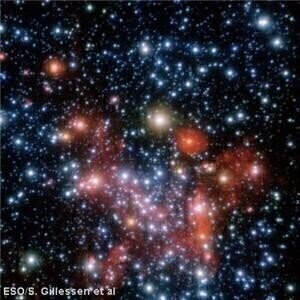-
 Hubble telescope data is allowing scientists a glimpse into the future
Hubble telescope data is allowing scientists a glimpse into the future
News & Views
Scientists see into future using Hubble data
Oct 27 2010
In particular, they have focused their attentions on Omega Centauri, a globular star cluster first noted 2,000 years ago by Ptolemy.
While the ancient astronomer thought of the celestial feature as a single star, there are actually almost ten million stars in the cluster, all tracing orbits around the same gravitational centre.
The European Space Agency explains the significance of the scientists looking ahead - rather than their usual method of working by seeing starlight from millions of years ago.
In particular, they are examining tiny variations in the "frenzied motion" of the stars in the cluster, on the hunt for a hidden black hole 10,000 times the size of our sun.
At a distance of around 5,000 parsecs from the Earth, light from Omega Centauri takes an estimated 17,000 years to span the distance between its source and our home planet.
Digital Edition
Lab Asia 31.2 April 2024
April 2024
In This Edition Chromatography Articles - Approaches to troubleshooting an SPE method for the analysis of oligonucleotides (pt i) - High-precision liquid flow processes demand full fluidic c...
View all digital editions
Events
May 05 2024 Seville, Spain
InformEx Zone at CPhl North America
May 07 2024 Pennsylvania, PA, USA
May 14 2024 Oklahoma City, OK, USA
May 15 2024 Birmingham, UK
May 21 2024 Lagos, Nigeria




.jpg)












